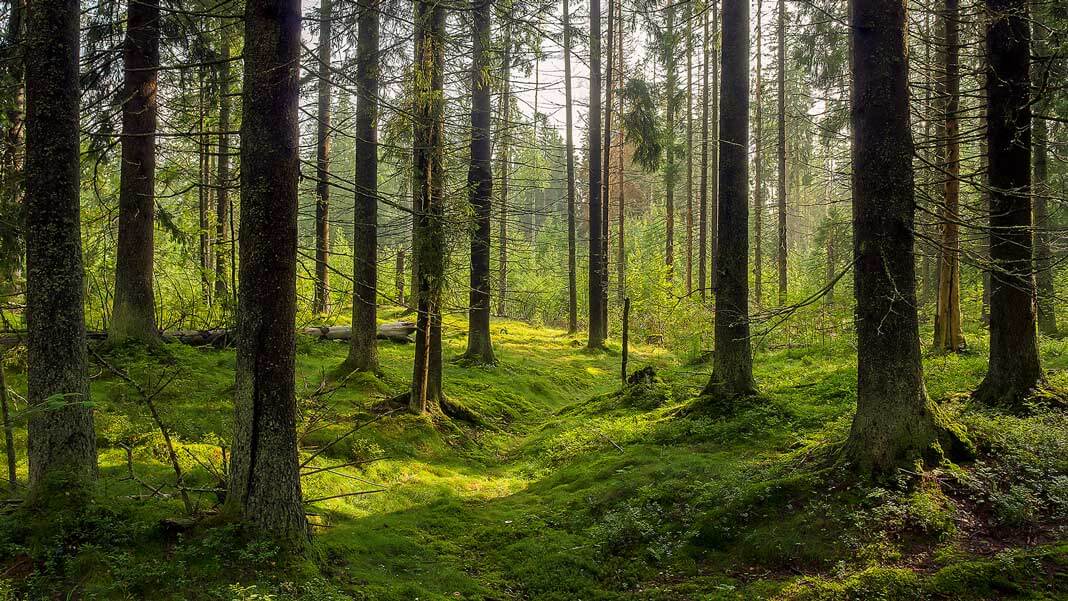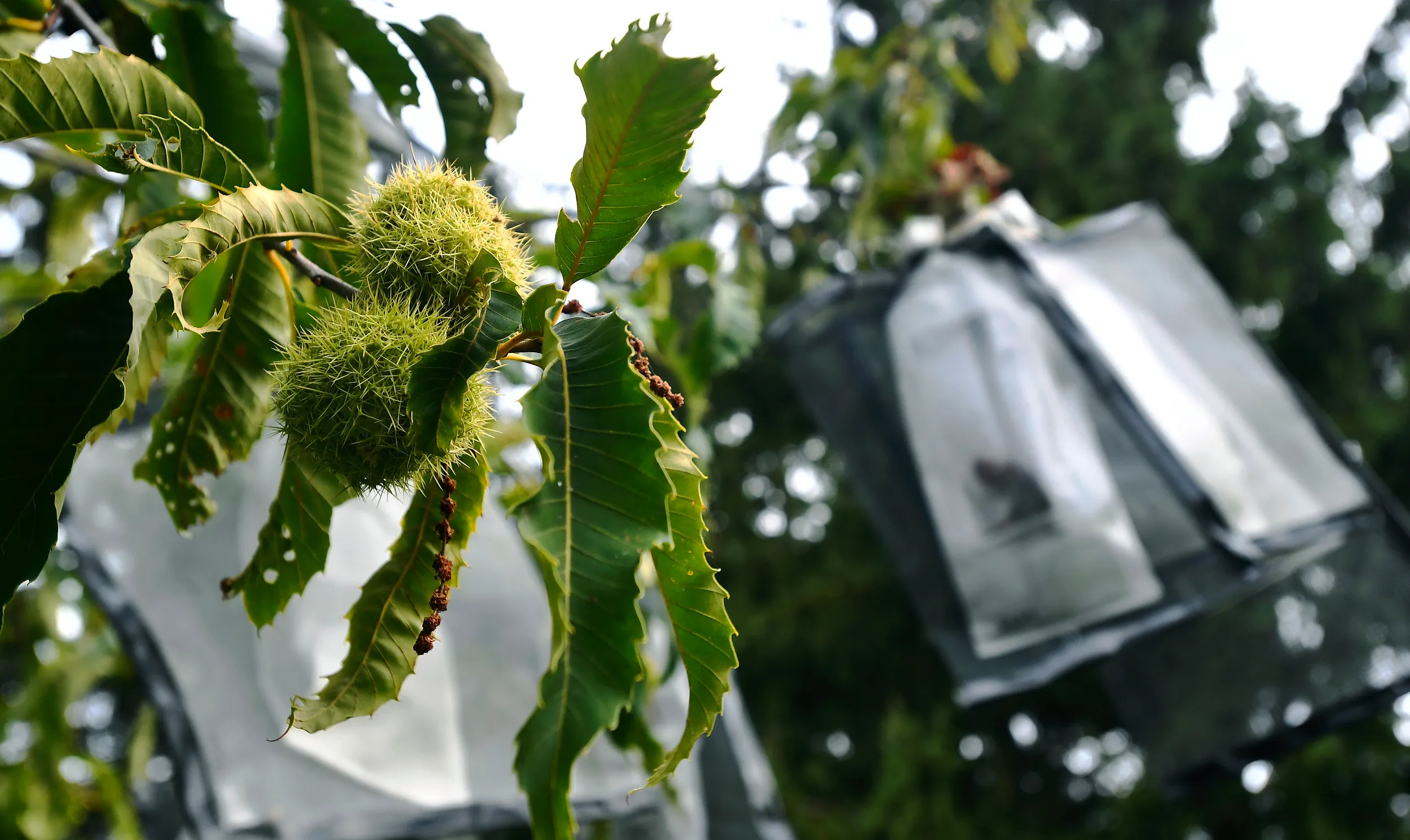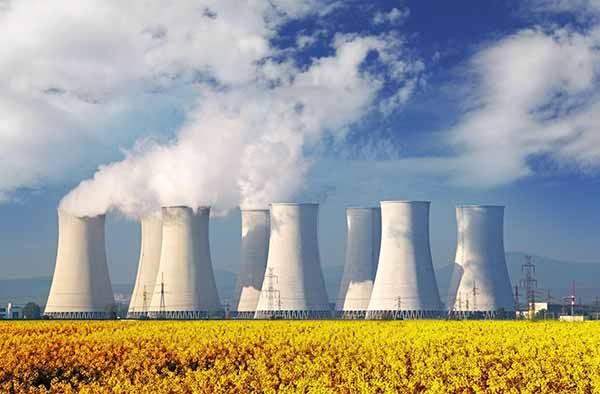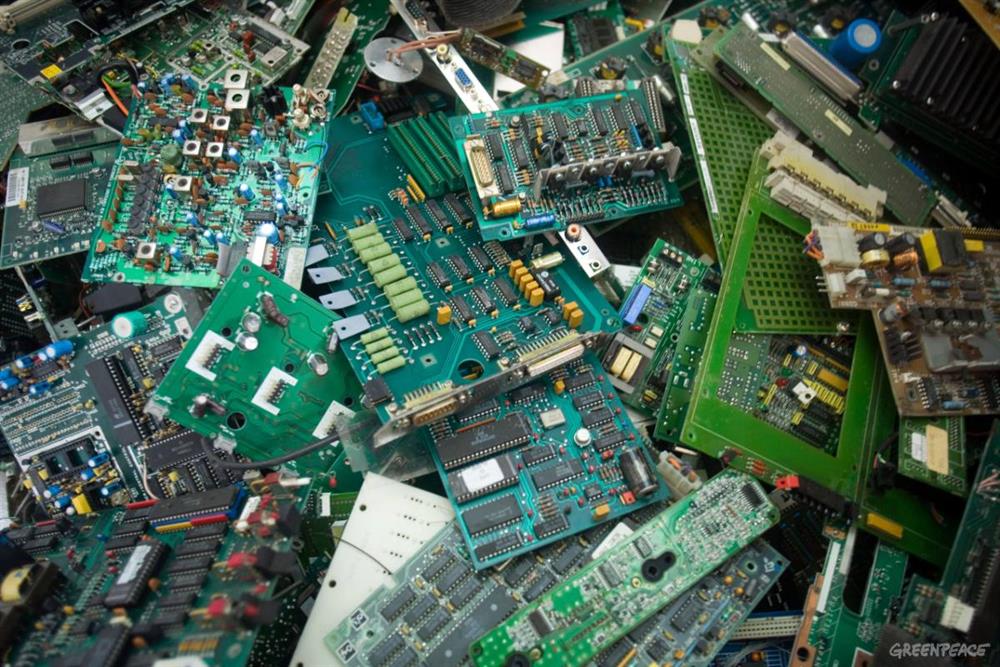How Tech is Helping to Plant More Trees

Trees are Important
Yes, Trees are extremely crucial in the survival of humans and many other organisms and ecosystems but have we ever considered their role in combating climate change? Trees provide us with oxygen but they also remove carbon dioxide from the air through photosynthesis. This is crucial in reducing carbon emissions as well as providing habitats for 70% of all living organisms in the world. However, the number of trees has been rapidly declining which is alarmingly worrying for our future. Since the Industrial Revolution, the Earth’s forests have declined by 32% with 15 billion trees being cut each year (Nature). With this being said, many new technologies have been introduced and could potentially aid our efforts to grow more trees. Let’s look at some of them.
Drone Technology
Drone Technology has been an emerging technology that could rapidly increase the efficiency and rate of seeds being planted. Instead of using human labor and automobiles to plant relatively few seeds, we can use drones to shoot germinated seeds in different types of terrain which makes the job much faster and cheaper. We can see this technology implemented through a startup in Australia, AirSpeed Technology. They use drone technology and are planting 40,000 trees a day to combat deforestation. They claim their technology performs 25x faster and is 80% more cheaper than conventional methods of seed planting.
Genetically Engineered Trees
Another controversial but potentially promising innovation are genetically engineered trees. These genetically engineered trees can grow bigger, faster and even resist disease to improve life expectancy. However, there are worries about the impacts that Genetically engineered trees can have on the environment including their potential widespread dispersal of seed/pollen which could impact global forest biological diversity. Nevertheless, this innovation can prove to be essential in our fight in reducing carbon emissions. Currently “genetically modified forest trees” are not approved for commercial use but hopefully in the future, with significant improvements to the ecological impacts of genetically engineered trees, this can change.

Blockchain
Blockchain can be a useful tool in ensuring transparency, monitoring/reporting data, and measuring results. As companies all over the world pledge these ambitious climate initiatives, how will the people know if they are actually achieving these goals or in other words “greenwashing.” Well it’s really hard to find out. But the introduction of blockchain can help encrypt and distribute data in a peer-to-peer network instead of a centralized one. Collecting important data such as carbon capture and forest inventories, blockchain can share and make this data transparent to large networks of stakeholders and the general public. The advent of Blockchain can also allow more investments in reforestation, incentivize people to care for the environment, and create a database where data privacy is ensured.

